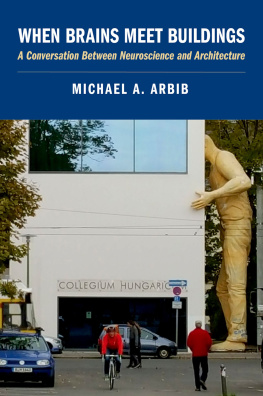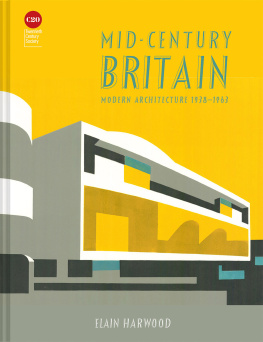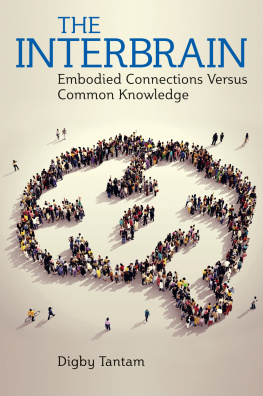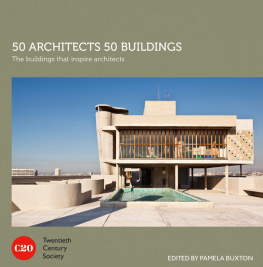Advance Praise for When Brains Meet Buildings
For couple of decades there has been an attraction between neuroscience and architecture. However, the real interactions between the two disciplines have rarely been presented or discussed. Due to the internal complexities of architecture and its dialogical relation with life, the largely preconscious and embodied intuitions of the creative mind tend to escape scientific definition. Michael Arbibs exceptionally wide scientific background, combined with his deep interest in the arts and architecture, makes him well equipped to cross this gap. His current book is a devoted study of the neural basis of architecture and the applicability of this knowledge in the design of buildings, especially intelligent buildings, which are deliberately conceived as extensions of our neural capacities.
Juhani Pallasmaa , Architect HonSAFA, HonFAIA, IntFRIBA, Academician, International Academy of Architecture, Professor emeritus, Aalto University, Helsinki
This book is one of the most valuable contributions, from a neuroscientific perspective, of the interplay between the architectural environment and human beings.
Davide Ruzzon , Architect, Director and Founder of Neuroscience Applied to Architectural Design,NAAD Postgraduate Course, at the University Iuav Venice and POLI Design Milan

Oxford University Press is a department of the University of Oxford. It furthers the Universitys objective of excellence in research, scholarship, and education by publishing worldwide. Oxford is a registered trade mark of Oxford University Press in the UK and certain other countries.
Published in the United States of America by Oxford University Press
198 Madison Avenue, New York, NY 10016, United States of America.
Oxford University Press 2021
All rights reserved. No part of this publication may be reproduced, stored in a retrieval system, or transmitted, in any form or by any means, without the prior permission in writing of Oxford University Press, or as expressly permitted by law, by license, or under terms agreed with the appropriate reproduction rights organization. Inquiries concerning reproduction outside the scope of the above should be sent to the Rights Department, Oxford University Press, at the address above.
You must not circulate this work in any other form and you must impose this same condition on any acquirer.
Library of Congress Cataloging-in-Publication Data
Names: Arbib, Michael A., author.
Title: When brains meet buildings : a conversation between neuroscience
and architecture / Michael A. Arbib.
Description: New York, NY : Oxford University Press, [2021] |
Includes bibliographical references and index.
Identifiers: LCCN 2021015055 (print) | LCCN 2021015056 (ebook) |
ISBN 9780190060954 (hardback) | ISBN 9780190060978 (epub) |
ISBN 9780190060985 (online)
Subjects: MESH: Brainphysiology | Mental Processesphysiology |
Architecture | Cognitive Neuroscience | Environment | Adaptation, Physiological
Classification: LCC QP356 (print) | LCC QP356 (ebook) |
NLM WL 337 | DDC 612.8/2dc23
LC record available at https://lccn.loc.gov/2021015055
LC ebook record available at https://lccn.loc.gov/2021015056
DOI: 10.1093/med/9780190060954.001.0001
This material is not intended to be, and should not be considered, a substitute for medical or other professional advice. Treatment for the conditions described in this material is highly dependent on the individual circumstances. And, while this material is designed to offer accurate information with respect to the subject matter covered and to be current as of the time it was written, research and knowledge about medical and health issues is constantly evolving and dose schedules for medications are being revised continually, with new side effects recognized and accounted for regularly. Readers must therefore always check the product information and clinical procedures with the most up-to-date published product information and data sheets provided by the manufacturers and the most recent codes of conduct and safety regulation. The publisher and the authors make no representations or warranties to readers, express or implied, as to the accuracy or completeness of this material. Without limiting the foregoing, the publisher and the authors make no representations or warranties as to the accuracy or efficacy of the drug dosages mentioned in the material. The authors and the publisher do not accept, and expressly disclaim, any responsibility for any liability, loss, or risk that may be claimed or incurred as a consequence of the use and/ or application of any of the contents of this material.













